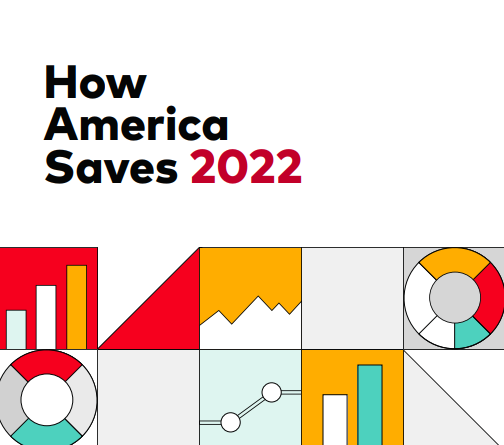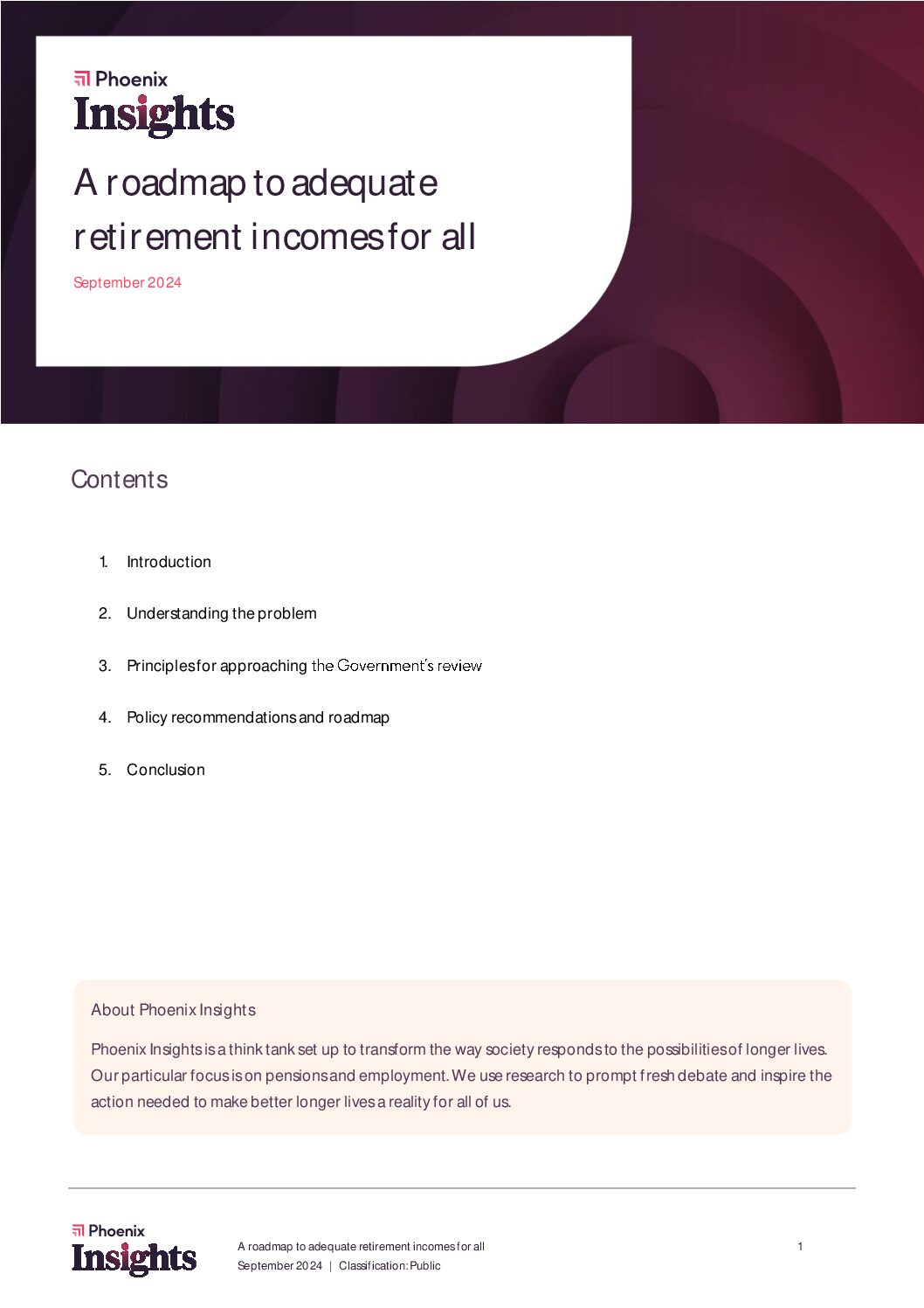How America Saves 2022
By Vanguard
Over the past decade, retirement plan sponsors have increasingly turned to automatic solutions to influence employee retirement saving behavior. As a result, plan participation rates have increased, automatic enrollment designs have become stronger, and participant portfolio construction has continued to improve with more age-appropriate asset mixes and less extreme equity allocations.
During 2021, the COVID-19 pandemic continued to impact many parts of the economy. While it pushed to recover, the economy faced prominent headwinds that stoked several forms of uncertainty: Inflation increased to the highest point in decades, supply-chain challenges tempered economic growth, and a tightened labor market continued to test employers while their employees left in record numbers—either changing jobs or leaving the workforce entirely. But despite all that, our metrics reveal that participant retirement plan behaviors remained largely unaffected and, in some areas, continued to improve. This is a testament to the growing use of automatic solutions, which leverage inertia for the benefit of the participant.
Saving and investing attention is shifting to how best to provide participants with a holistic financial wellness platform, via advice, which also helps meet another challenge—offering guidance for the income needs of retirees who stay in their employers’ plans. Meeting these needs, along with continually encouraging strong saving rates with appropriate investment diversification, are the primary drivers in creating successful retirement outcomes for employees.
Red complete book here











